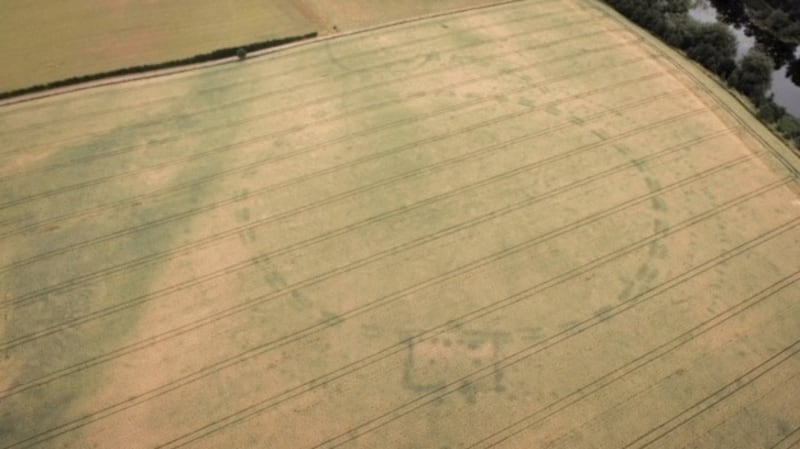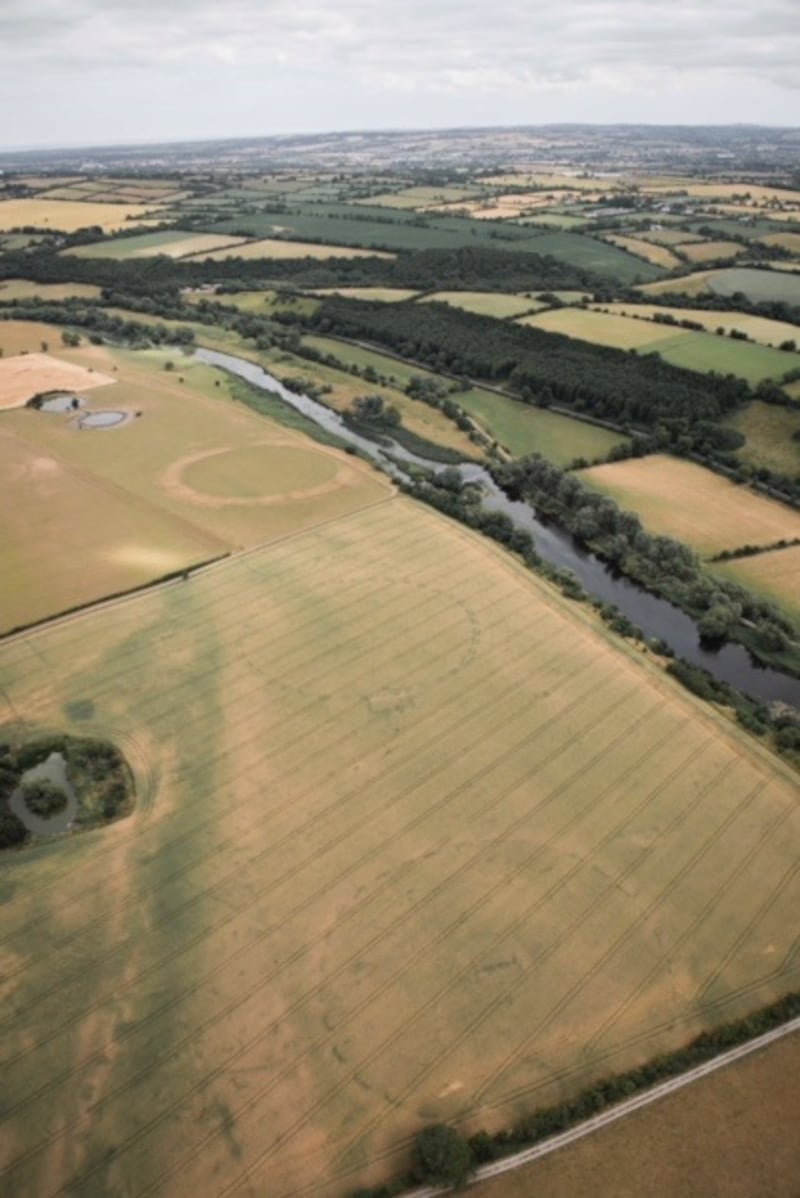Archaeologists have discovered more “extremely significant” sites at the world-famous Brú na Bóinne prehistoric complex in Co Meath as a result of drought conditions caused by the heatwave.
Minister for Heritage Josepha Madigan has described the scale of the finds, made on Friday during a Government-ordered aerial survey of the Unesco-designated World Heritage Site, as "simply unparalleled".
The survey was undertaken after a previously undiscovered henge, or circular enclosure, close to the neolithic passage tomb Newgrange, was spotted last week by an historian flying a drone over the Boyne Valley.
Ms Madigan said the unusual ground conditions during the prolonged dry spell has thrown up a rare opportunity to “uncover further secrets held in our landscape”.

“The reconnaissance carried out Friday by archaeologists from our National Monuments Service has resulted in the discovery of an array of very significant additional archaeological features in the vicinity across the River Boyne floodplain south of the Newgrange passage tomb,” she said.
“With further research we know these fascinating finds will add greatly to our knowledge of the wonderful Brú na Bóinne World Heritage landscape.”
The archaeological discoveries most likely date to the Neolithic period, around 5000 years ago.
Further study of them will have the potential to “transform our understanding of the Brú na Bóinne archaeological landscape and Neolithic society”, according to Ms Madigan.
Officials will now work on mapping out the fresh discoveries in an attempt to understand their relationship to each other and the many other monuments already known in the area.
Brú na Bóinne, which means the “palace” or the “mansion” of the Boyne, contains one of the world’s most important prehistoric landscapes, and is dominated by the three well-known large passage tombs, Newgrange, Knowth and Dowth.
The tombs, in particular Knowth, contain the largest assemblage of megalithic art in western Europe.

Historian Anthony Murphy, who has been recording and writing about the area for years, last week discovered a henge up to 200m in diameter, believed to have been built some 500 years after Newgrange, which dates from 3,000 BC, while flying a drone over the area.
The sustained dry, hot weather over recent weeks - which has led to many previously unknown and buried archaeological sites appearing as crop marks in fields right across Europe - had been “absolutely critical” to the find, said Mr Murphy.
Moisture retained in the ancient archaeological features make the grass around them greener than the rest of the scorched fields, showing up the previously undiscovered sites.









